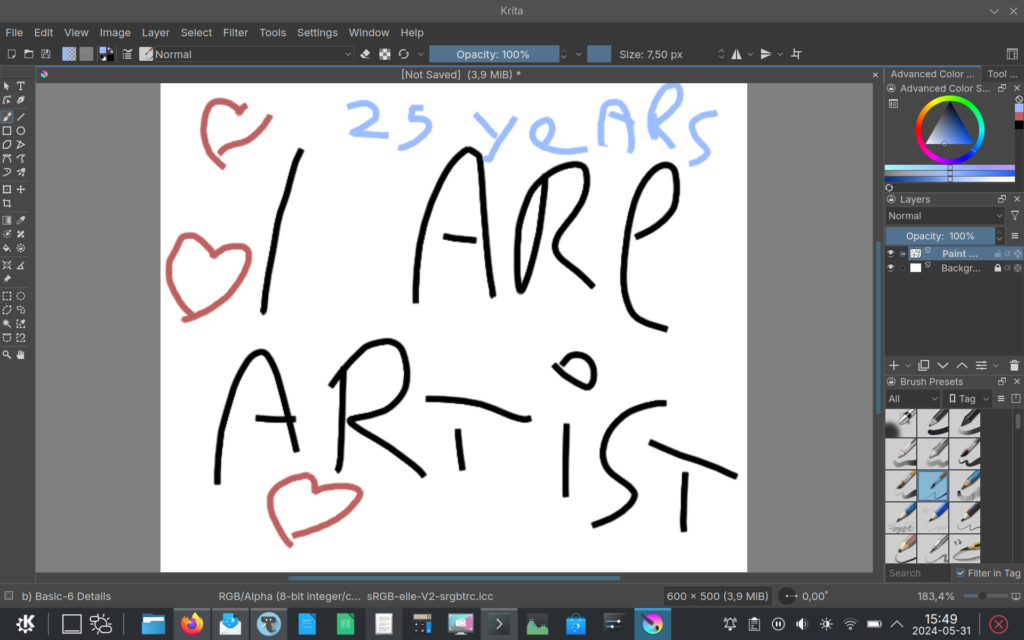Andreas Kling steps down from SerenityOS to focus entirely on the Ladybird browser
We’ve got some possibly sad, possibly great news. Today, Andreas Kling, the amazing developer who started SerenityOS as a way to regain a sense or normalcy after completing his drug rehab program, has announced he’s stepping down as the ‘big dictator for life’ of the SerenityOS project, handing leadership over the maintainer group. The other half of the coin, however, is that Kling will officially fork Ladybird, the cross-platform web browser that originated as part of SerenityOS, turning it into a proper, separate project.
Personally, for the past two years, I’ve been almost entirely focused on Ladybird, a new web browser that started as a simple HTML viewer for SerenityOS. When Ladybird became a cross-platform project in 2022, I switched all my attention to the Linux version, as testing on Linux was much easier and didn’t require booting into SerenityOS.
Time flew by, and now I can’t remember the last time I worked on something in SerenityOS that wasn’t related to Ladybird.
↫ Andreas Kling
If you know a little bit about Kling’s career, it’s not entirely surprising that his heart lies with working on a browser engine. He originally worked at Nokia, and then at Apple in San Francisco on WebKit, and there’s most likely some code that he’s written in the browser you’re using right now (except, perhaps, for us Firefox users). As such, it makes sense that once Ladybird grew into something more than just a simple HTML viewer, he’d be focusing on it a lot.
As part of the fork, Ladybird will focus entirely on Linux and macOS, and drop SerenityOS as a target. This may seem weird at first, but this is an entirely amicable and planned step, as this allows Ladybird to adopt, use, and integrate third party code, something SerenityOS does not allow. In addition, many of these open source projects Ladybird couldn’t really use anyway because they simply didn’t exist for SerenityOS in the first place. This decision creates a lot of breathing room and flexibility for both projects.
Ladybird was getting a lot of attention from outside of SerenityOS circles, from large donations to code contributions. I’m not entirely surprised by this step, and I really hope it’s going to be the beginning of something great. We really need new and competitive browser engines to push the web forward, and alongside Servo, it now seems Ladybird has also picked up the baton.
What this will mean for SerenityOS remains to be seen. As Kling said, he hasn’t really been involved with SerenityOS outside of Ladybird work for two years now, so it seems the rest of the contributors were already doing a lot of the heavy lifting. I hope this doesn’t mean the project will peter out, since it has a certain flair few other operating systems have.

